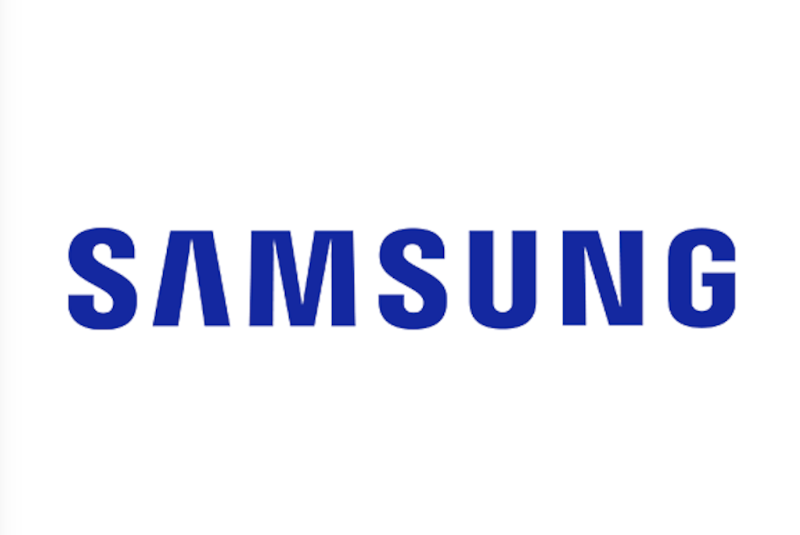1/27/2025 8:47 AM
 Home appliances play a crucial role in our everyday routines, and Samsung appliances are favored by numerous homeowners. However, similar to any device, they can sometimes face problems. In this article, we will examine various DIY approaches and error code explanations for Samsung appliance repair, enabling you to tackle small problems before reaching out to a professional.
Home appliances play a crucial role in our everyday routines, and Samsung appliances are favored by numerous homeowners. However, similar to any device, they can sometimes face problems. In this article, we will examine various DIY approaches and error code explanations for Samsung appliance repair, enabling you to tackle small problems before reaching out to a professional.
A frequently asked question about Samsung appliance repair involves washing machines. If your Samsung washing machine shows an error code, it may feel daunting. Here are several common error codes along with their fixes:
IE (Error in Input): This typically suggests an issue with water intake. Begin by verifying whether the water supply is activated. Make sure hoses are extended and free of kinks. Detach the water hose and clean the inlet filters, since sediment may obstruct water flow.
OE (Overflow Error): Upon encountering this error, check whether the drain hose is correctly placed and not submerged too deeply into the standpipe. Check for any obstructions in the drainage system and remove them if necessary.
UE (Unbalanced Error): This happens when the load distribution is not even. Rearrange the contents within the drum to equalize the weight. For bigger items such as blankets, it's frequently about adjusting their placement to achieve a balanced distribution.
In addition to washing machines, Samsung refrigerators are also a key area in the realm of Samsung appliance repair.A frequent problem is that the refrigerator fails to cool properly.
Verify the Temperature Configurations: Confirm that the refrigerator temperature is adjusted to the manufacturer's suggested setting, typically about 37°F (3°C) for the refrigerator and 0°F (-18°C) for the freezer.
Check the Door Seals: With time, the door seals may deteriorate, permitting cold air to leak out and warm air to enter. Wash the seals using warm water and soap, and check for any fissures or openings. If the seals are broken, think about changing them.
If these straightforward DIY remedies do not solve the problem, it could be time to seek help from an expert. By addressing these small problems, you can conserve both time and money, making sure your Samsung appliance repair stays straightforward and effective.
Repairing Samsung appliances doesn't have to be intimidating. By doing some troubleshooting and having the correct information, numerous issues can be fixed at home. Keep in mind that routine upkeep is crucial for maintaining any appliance in top shape.